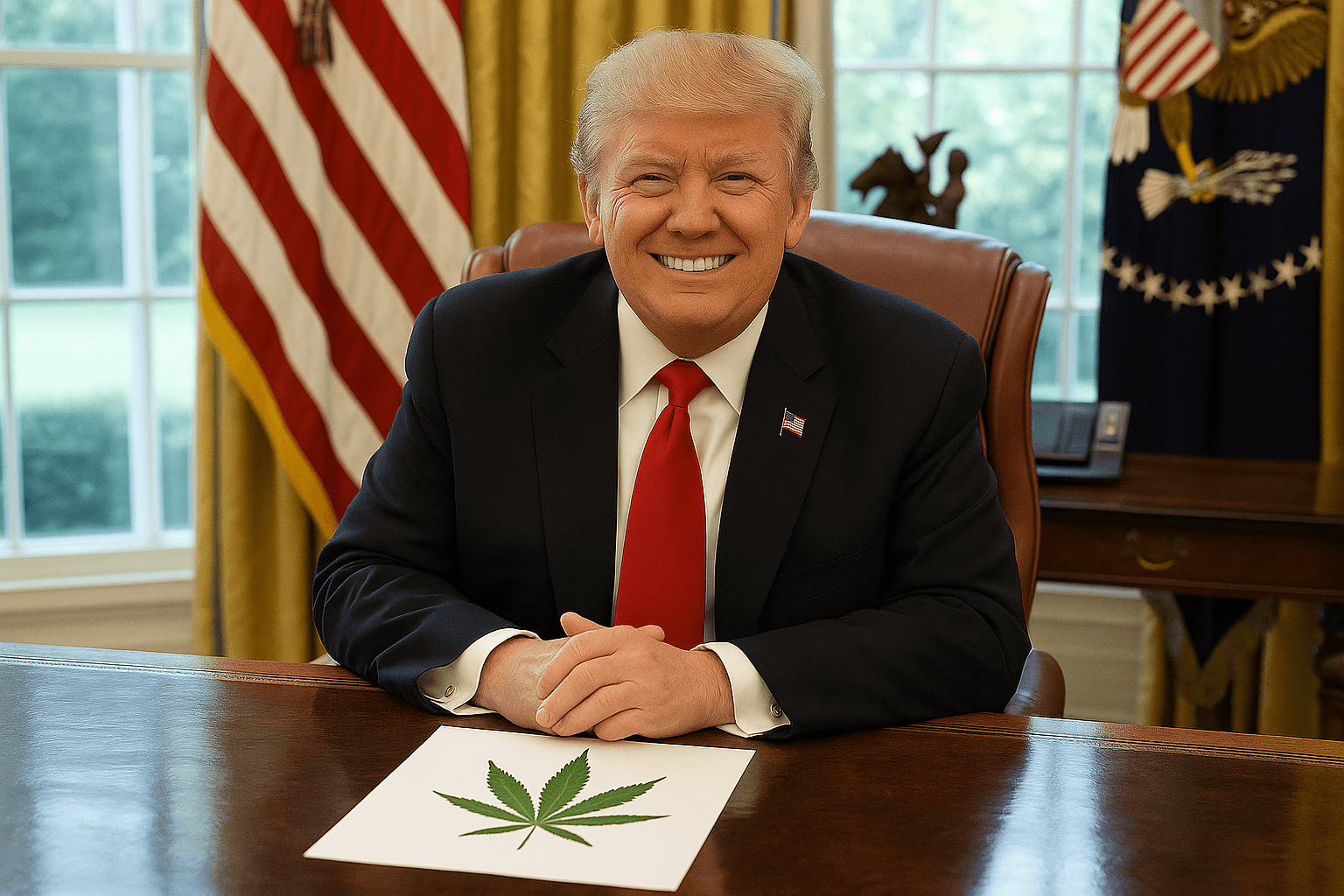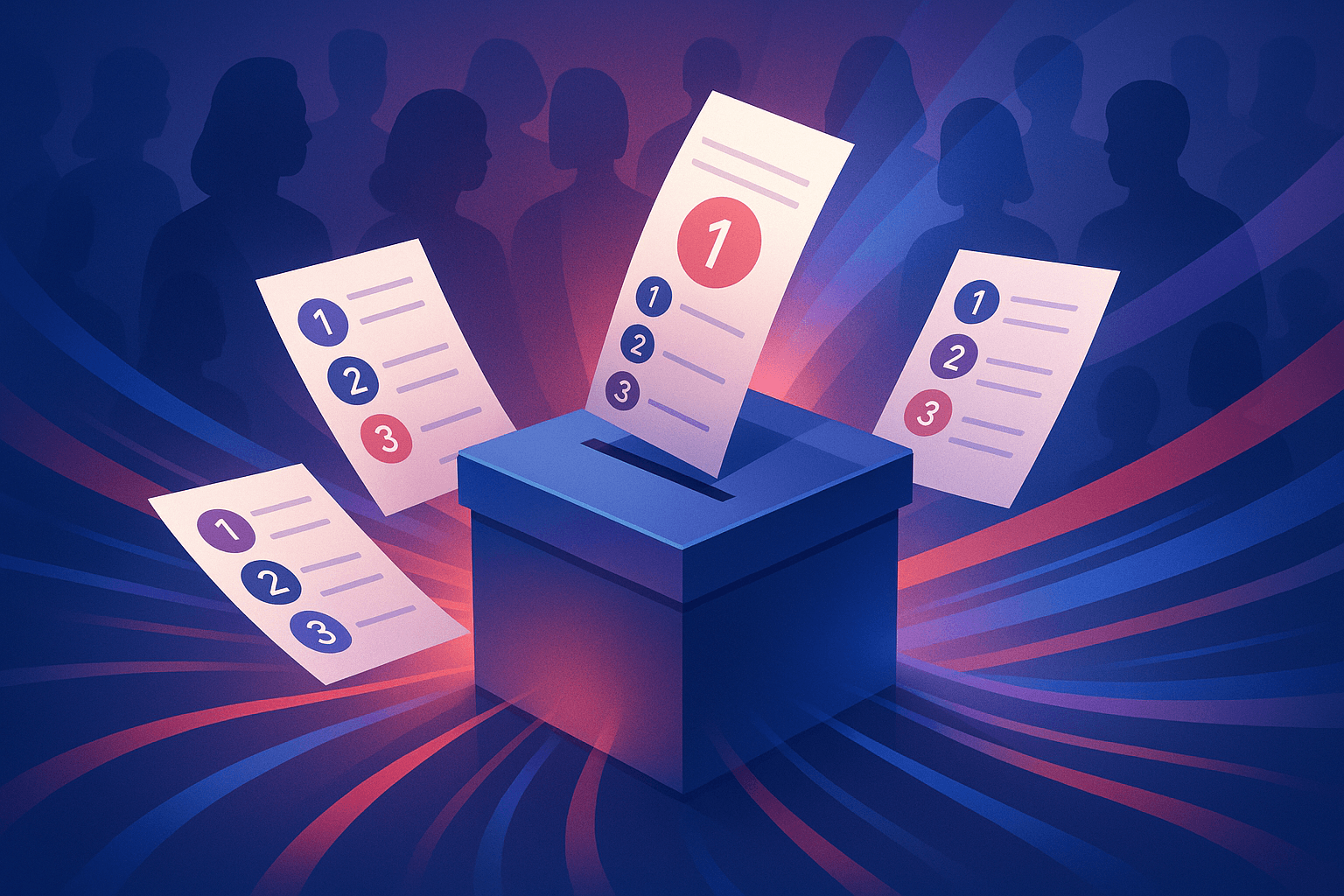Just 35 of 435 Elections Competitive after 201 Years of Gerrymandering

"Power corrupts, and the prospect of losing power corrupts absolutely." - John P. Roche
Next November, Americans will elect representatives to the 114th Congress. As of October 20, the current Congress has an average 9.2 percent approval rating and 84.2 percent disapproval rating.
Before the Congress-led shutdown, 2014 election projections showed that of the 435 seats up for election, only 35 seats will have a competitive election. On average, there is one House member for every 700,000 citizens, a ratio that is second only to India when comparing it to the world’s representative democracies.
These numbers point to a grave problem: the House of Representatives is utterly unrepresentative. There is no doubt congressional leaders are representing some people, but certainly not everyone -- much less equally.
In short, there are entire communities throughout the union that are entirely disenfranchised and cut out from national representation. All citizens are equal, but some citizens have a more meaningful voice at the polls than others. All citizens can vote and many do, but you don’t pick your representative; your representative picks you.
For the vast majority of Americans and their congressmen, general elections are little more than a formality; their outcomes are, for the most part, predetermined -- the result an inevitability. Politicians don’t want competition and they want as few things as possible left to chance.
Elections were meant to serve as a proverbial Damocles’ Sword, hanging over the heads of representatives by a thread that could be cut by their constituents every two years. For many representatives, the thread is nearly indestructible.
So how has the American political machine -- the cogs of which are turned by both major political parties -- so effectively, and legally, diluted the power of voters? It sure didn’t happen overnight. In fact, the process began 201 years ago in Massachusetts.
In 1812, Governor Elbridge Gerry was concerned that the Massachusetts Federalist Party was gaining ground on his Democratic-Republican Party. So, Senate Democratic-Republicans created a bill changing the senate district lines to give their party a distinct advantage. Gerry signed it into law, much to the chagrin of Federalist activists, including those working at the Boston Gazette.
In a Gazette issue dated March 26, 1812, a political cartoon appeared caricaturing the shape of one of the new districts in Essex County by making it seem like a winged dragon. Above the cartoon “The Gerry-mander” is emblazoned, a combination of Gerry and salamander.
The pun gained steam with Federalists in other states who used it to besmirch both Gerry (pronounced with a hard g sound) and other state legislatures that used the same redistricting tactic. The word, and the practice it came to signify, became so widespread that by 1848 it appeared in a dictionary and has since been an accepted word in the English vernacular.
Gerrymandering was strictly confined to state politics until thirty years after Governor Gerry signed that fateful law. The Apportionment Act of 1842 ordered each state to be split into “continuous, compact” congressional districts, with one district per representative.
Still, under Article 1, Section 2 of the U.S. Constitution, Congress was responsible for deciding the amount of representatives apportioned to each state after every decennial national census.
However, Congress failed to pass an Apportionment Act after the 1920 census. Thus, the 1911 Apportionment Act, which increased House membership to 435, remained in place. When Congress finally passed an Apportionment Act in 1929, it chose not to increase House membership to keep up with the growing population, but permanently capped it at 435.
The bill made no mention of districts or that they should be “continuous, compact,” and have roughly the same amount of people. Significantly, it created an avenue for state legislatures to assume redistricting responsibilities, which federal lawmakers handed off to the states under the Appointment Act of 1941.
Why Congress changed its behavior (and directly violated the Constitution) is unclear. However, it is worth noting that the most significant demographic trend of the 1910s and 1920s was a massive nationwide migration of racial and ethnic minorities from rural America to America’s cities, as well as a huge influx of immigrants from war-torn Europe.
]The demographic shifts were so massive that had Congress done the usual reapportionment in 1921, many incumbents would have lost their seats. By capping the number of representatives, leaving district requirements unmentioned, and giving state legislatures a free pass on drawing lines that would keep incumbents in place, Congress diluted the impact of urban immigrants and minorities.
Despite the 1965 Voting Rights Act, which sought to limit the manipulation of district lines meant to disenfranchise racial minorities, gerrymandering and race remain intractable today.
Because the 1929 apportionment act did not lay out specific rules and criteria for drawing districts, and because the 1941 apportionment act made apportionment and redistricting self-executing, no laws were passed to enforce representation standards and states went about it their own separate ways.
Many states did not redraw their lines despite population shifts, which gave voters in sparsely populated districts more voting power than those living in densely populated urban areas. Some state kept their districts, others got rid of them all together and had residents vote for their representatives at-large.
In the 1960s, the Supreme Court, led by Chief Justice Earl Warren, stepped into the fray and handed down three key decisions that shape gerrymandering to this day:
- Baker v Carr (1962): Declared that redistricting is justiciable and therefore enabling federal courts to intervene in and decide reapportionment cases. Established "one person, one vote" principle.
- Wesberry v Sanders (February 1964): Decision required every state to draw its congressional district lines such that each district had approximately the same population. For obvious reasons, this didn't apply to the Senate.
- Reynold v Sims (June 1964): Formally enunciated "one person, one vote" rule and held that state legislatures also had to draw their districts such that each district had approximately the same population.
The most significant outcome was the establishment of the “one person, one vote” principle and, consequently, that states had to draw their districts such that their populations were as close to equal as possible. However, the rulings did not affect gerrymandering and also left a gigantic loophole: each district had to have the same amount of people, but not the same amount of registered voters.
That Texas-sized loophole exists today and has opened the way for such practices as gerrymandering entire prison populations (inmates can’t vote) and undocumented Hispanic immigrants, thus diluting the voting power of local citizens.
At the same time, gerrymandering has its limits. People can experience it for themselves in an online gerrymandering game where they can “crack,” “pack,” “kidnap,” and “hijack” entire populations to make sure incumbents always win (what ProPublica calls “a Devil’s Dictionary”).
Additionally, there is not necessarily a connection between gerrymandering and increasing partisanship. It’s not at all clear that gerrymandering caused the rise of far-right tea party elements from having an outsized representation in the House. That topic is an entire other investigation.
What is clear, though, is that gerrymandering has significantly diluted the power of House elections, effectively disenfranchised entire populations, and led to an unrepresentative legislative body.
Photo Credit: The New Yorker





